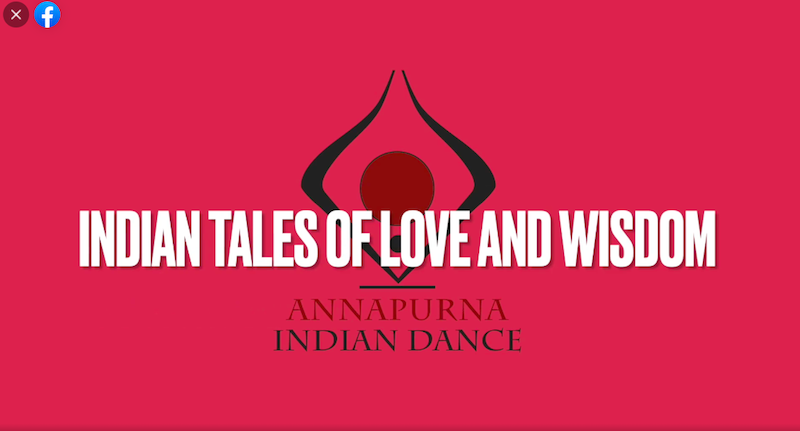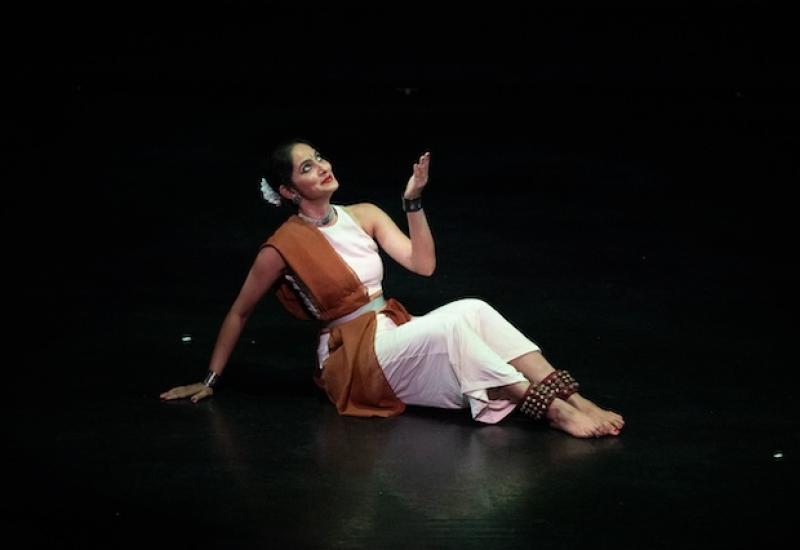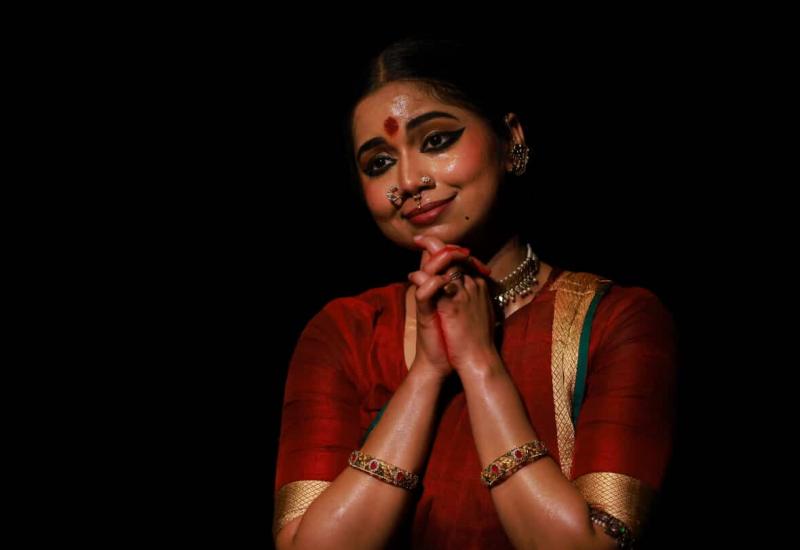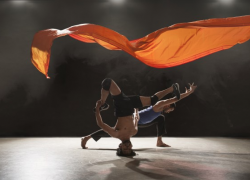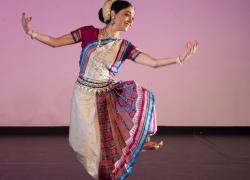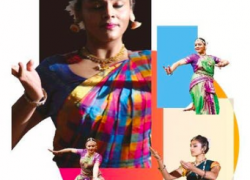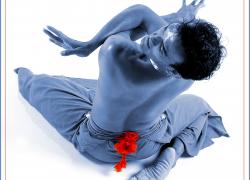Annapurna Dance Company: Indian Tales of Love and Wisdom
Annapurna Indian Dance Company
Indian Tales of Love and Wisdom
Facebook series 2021-2022
Who doesn’t love a good story, well told? This autumn and winter, Shantha Rao’s Halifax-based Annapurna Indian Dance company has presented a series of short films on Facebook, Indian Tales of Love and Wisdom. Each episode tells a story chosen from the rich traditions that abound in India: from the epics – the Mahabharata and Ramayana; from folk tales; from the animal fables of the Panchatantra; from Tagore. Each episode is presented by a different artist who has been working remotely with the curator and their team. The filming has taken place in the artist’s own locality. Gardens, parks, living rooms and conservatories provide the backdrops. Dance, music, puppets, artefacts, visual art and the spoken word are used, variously, to draw us in and take us somewhere else in our minds and memories, on chill and dark days, from the little screen on which we are watching; and as the title of the series indicates, they also contain wisdom. Each artist gives their interpretation of the lessons their story holds, and its resonance now.
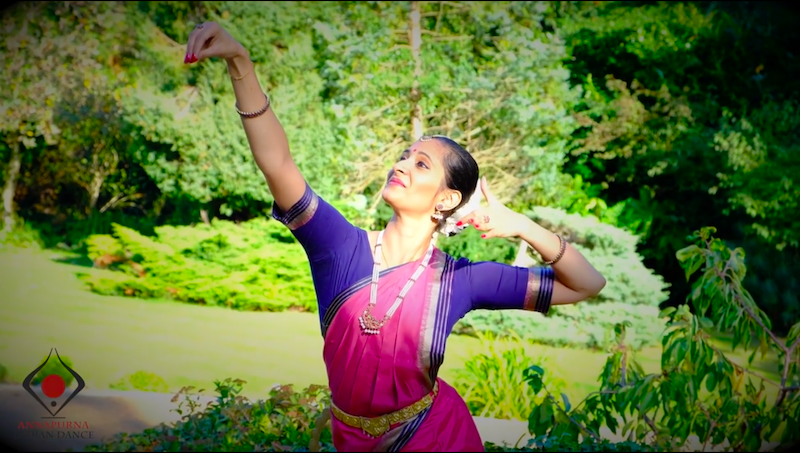
The length is well chosen (most are under 12 minutes long). The most successful of the episodes provide drama and humour as well as accomplished and expressive dancing in the telling. In ‘The Epic Scribe’, for example (episode 1), bharatanatyam dancer and teacher Vibha Selvaratnam presents the story of how Viyasa dictated the Mahabharata to Ganesha. Her dance – to vocals by OS Arun (the music is a highlight through the series) – is followed by images from paintings and her own storytelling. The account of how the epic was composed and written down, of the conditions set by the two protagonists, of how Ganesha came to break one of his tusks, is a fresh and enjoyable re-telling.
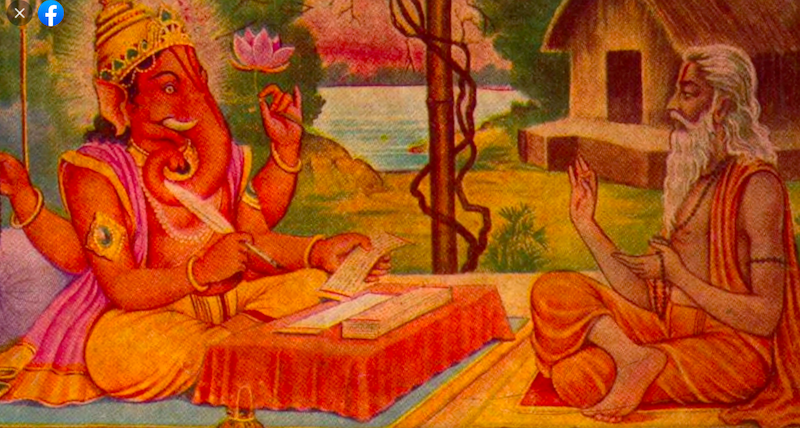
‘The Twin-headed Bird' (episode 2) a fable from the Panchatantra, is charmingly presented by kathak dancers Mansi Dabral Uniyal and Jyoti Manral Uniyal. We are shown a pleasing image from a children’s book; the green garden is intercut with footwork in the studio; an image of a banyan tree gives the context. Here again, the music, Vijay Venkat’s flute, is integral to the experience. The vivid dancing, together with music, bols and visuals are brought together to good effect, to tell a tale both absurd and serious about interdependence and how to be unselfish and kind.
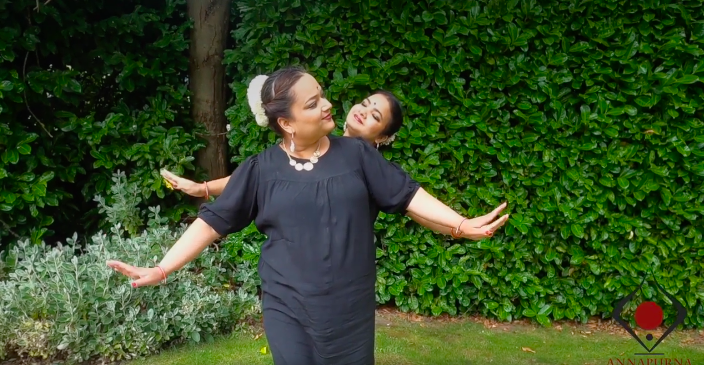
In another story from the Panchatatra, 'The Hunter’s Net' (episode 9) presented by bharatanatyam artist Chitralekha Bolar, lush tropical plants, presumably in her conservatory, provide an evocative setting for the story.
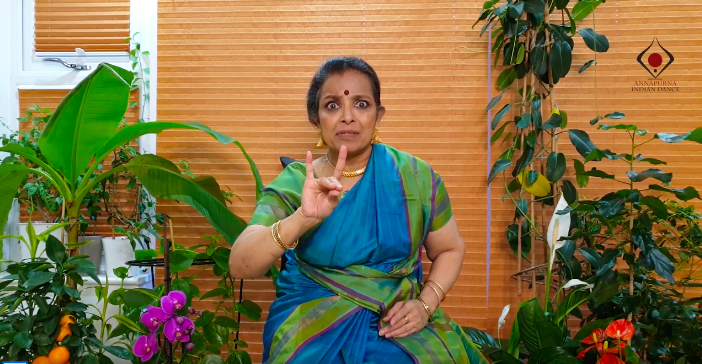
A humorous poem by Tagore, ‘Juta Avishkar’ provides the material for 'The Great Invention: a fable for our time' (episode 3). Bisakha Sarker’s eloquent hands portray the story as she narrates it, with flute music by Vijay Venkat and illustrations by Supurna Sinha.
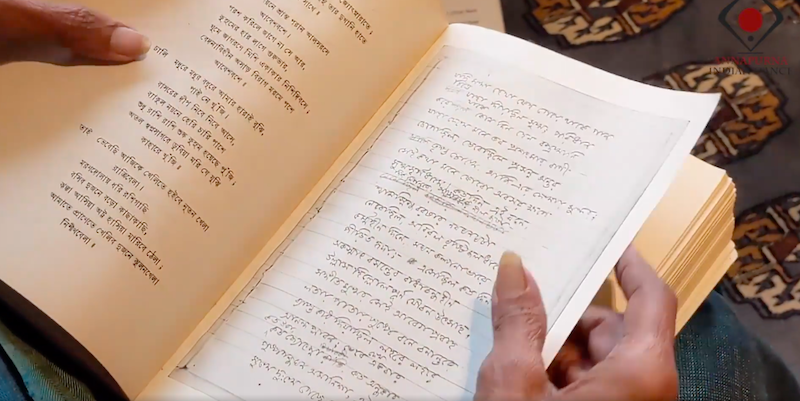
The other episode drawn from Tagore, ‘Paper Boats’ (episode 4), is perhaps too ‘sweet’ for some tastes, and the keyboard music doesn’t quite work as well; though the setting is lovely and it is the only piece with a child taking part.
A particularly lively and visually satisfying piece is 'Tale of Two Anklets: Story of Kannagi' (episode 7). The opening folk dance in a checked sari on fallen leaves in a garden provides a vibrant opening to the episode. Later, It doesn’t matter that it wasn’t really filmed in Tamil Nadu, but dancer Priya Sundar’s walk down the gravel road, furious at the injustice to her husband, carries us in spirit on her journey to Madurai.
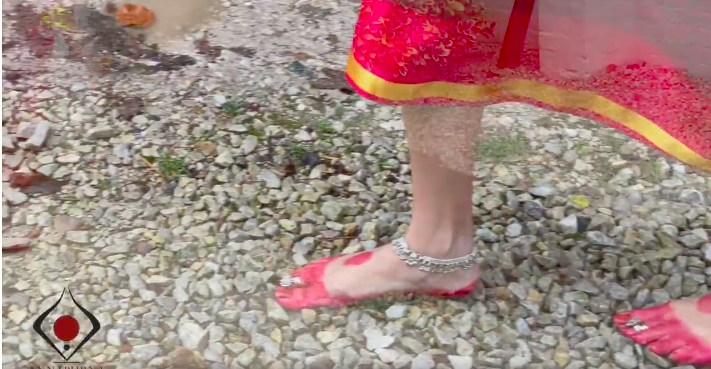
One’s responses are often a matter of taste, age and stage in life. However, the series can certainly be recommended for children and adults – do dip into it.

